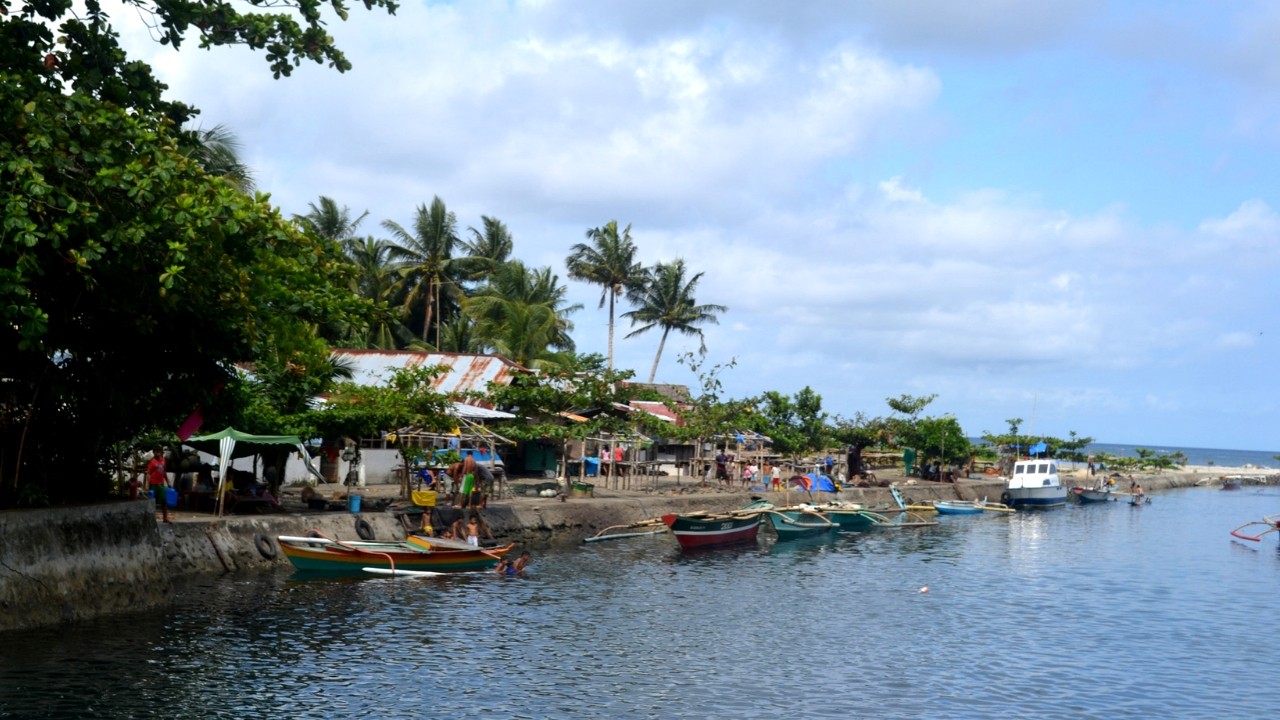Climate Change and Rising Sea Levels: Mitigating and adapting to the looming threats

Sea levels are rising faster than ever. The level and rate of change vary by geography, driven by a combination of global, regional and local factors.
However one thing is clear – the business-as-usual trajectory on carbon emissions could significantly increase sea levels and have devastating social, economic and environmental impact. Businesses and policymakers alike will need to radically change their approaches to combat climate change and the impact of climate change on sea level.
On 28 November 2018, Temasek organised a discussion by Professor Benjamin Horton, Chair at the Nanyang Technological University's Asian School of the Environment in Singapore and Principal Investigator at the Earth Observatory of Singapore, as part of the Ecosperity Conversations series. The session discussed the drivers of sea level change, the impact of carbon emissions and climate change on sea levels, and the potentially devastating effects of this globally and particularly here in Southeast Asia.
This summary report covers the key topics discussed during the session and includes additional insights to complement the discussion on the potential implications for businesses and policymaking.
Key takeaways
- Sea levels have been higher in the past, but the rate of increase has been higher over the last three decades than any other comparable period. Going forward, under a high carbon emissions scenario, the rate of sea level rise could overwhelm our capacity to adapt and respond.
- The global costs associated with flooding from rising sea levels could reach US$27 trillion annually by 2100. Loss of land value from floods due to sea level rise in Singapore is estimated at US$2 billion by 2100.
- Sea level does not rise or fall uniformly around the globe. The equatorial pacific region, including countries like Singapore and Indonesia, are likely to experience the highest sea level rise from melting ice sheets.
- The equatorial pacific region, consisting of more than 20 countries (more than 50 percent of which are lower middle-income) with a cumulative population of 700 million, is not well equipped to cope with an increase in sea levels.
- Given that the equatorial pacific region is particularly exposed to the impacts to rising sea levels, it is crucial that this region is also at the forefront of related science. But at present, most of the education and research institutions focused on sea level rise are in Europe and the United States.
- The risk of climate-related mass migration is increasing, and will pose serious transnational immigration challenges.
- Global business opportunities and policies will be focused around climate mitigation and adaptation efforts. Opportunities linked to building resilience of cities could be worth US$90-155 billion annually by 2030.








